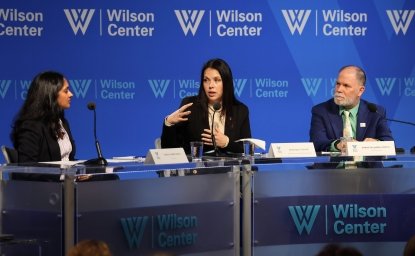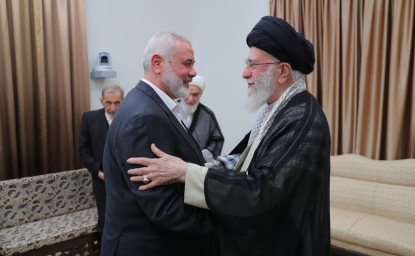On Sept. 10, the Quilliam Foundation in London reported that less than 10 percent of the Syrian rebel forces are now jihadis. Although an increasing problem, the Syrian militants are fragmented into a handful of smaller groups. The following is an excerpt from the report, which identifies key factions, with a full link to the PDF at the bottom.
Syrian rebel fighters fall into three main categories:
- local groups of fighters, such as the Kurds who are fighting to fulfill the
Kurdish aspirations in Syria;
- patriots who are represented mainly by the Free Syrian Army (FSA),
- the jihadists.
The vast majority of the opposition fighters are legitimate nationalists fighting for the country’s freedom and the establishment of a democratic state, including the Kurds who control many towns along the country’s northern border with Turkey. Several reports have indicated that most members within the FSA are pious rather than Islamists and are not motivated by sectarianism. But as the Syrian conflict becomes more violent, there remains a possibility of increased radicalization among fighters and the potential for a civil war based on ethnic lines.
In most conflicts of which they are a part, jihadist groups represent a small percentage of combatants – this holds true in the Syrian case, where they represent less than 10 percent of all fighters. For these jihadi groups, militant uprising is seen as an opportunity to exercise their influence in Syria; particularly as the peaceful revolutions of the Arab Spring rendered their role irrelevant in the nations’ fight for freedom...These groups are not a unified force, but a collection of divided groups that differ from one another in many ways, forming a jihadist network.
The most prominent jihadist groups include:
- Al Nusra Front to Protect the Levant is largely influenced by al-Qaeda’s rigid jihadi ideology. It attracts Syrian jihadists as well as other foreign fighters who have arrived in Syria after fighting in Iraq and Afghanistan Although its primary target remains the Syrian government and army, it has referred to the US as the enemy of Islam, and has attacked the beliefs of other religious groups in Syria, including the Alawites.
- Liwaa al Islam, or Brigade of Islam, sees the struggle in Syria as a sectarian war against the Alawites, using al-Qaeda‘s jihadi rhetoric. Both groups have their own Sharia panel of experts who provide religious advice for the groups’ operations.
- Liwaa al Umma, or Brigade of the Nation, is mainly homegrown fighters, but also attracts dozens of Libyan rebels who joined their Libyan leader Mahdi al-Harati to support the Free Syrian Army rebels in their fight against the regime. Its leader claims that the group is working to refine its political ideology to accept all factions, religions, and sects in Syria including Alawites, whilst maintaining “an Islamic frame of reference.”
- Sukur al Sham, or Falcons of the Levant, is one of the most prominent emerging homegrown groups, claims that the organization includes Syrians as well as other Arabic, French and Belgian fighters.
- Al Dawla al Islamiyya, or the Islamic State, is a small jihadi group that has enabled a handful of British Muslims to take part in the fighting in Syria.
Click here for the concept paper.




